
What is car aerodynamics?
Content
Looking at historical photographs of legendary car models, anyone will immediately notice that as we get closer to our days, the vehicle body is becoming less and less angular.
This is due to aerodynamics. Let us consider what is the peculiarity of this effect, why it is important to take into account the aerodynamic laws, and also which cars have a bad streamlining coefficient, and which ones are good.
What is car aerodynamics
As strange as it may sound, the faster the car moves along the road, the more it will tend to get off the ground. The reason is that the air flow that the vehicle collides with is cut into two parts by the car body. One goes between the bottom and the road surface, and the other - above the roof, and bends around the contour of the machine.
If you look at the car body from the side, then visually it will remotely resemble an airplane wing. The peculiarity of this element of the aircraft lies in the fact that the air flow over the bend passes more path than under the straight part of the part. Because of this, a vacuum, or vacuum, is created over the wing. With increasing speed, this force lifts the body more.
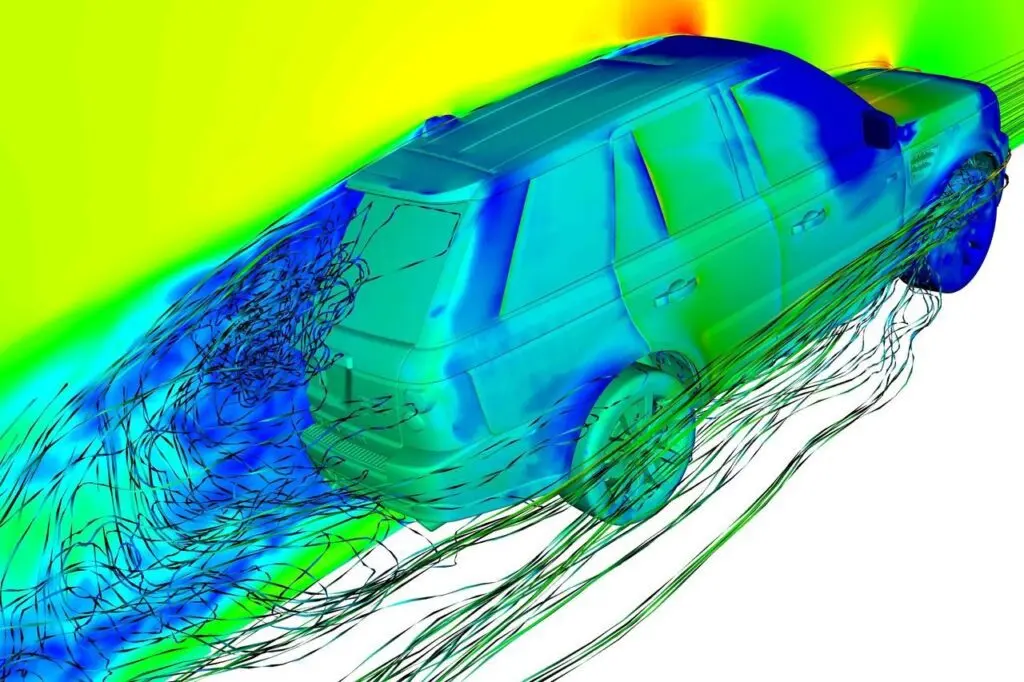
A similar lifting effect is created for the car. The upstream flows around the bonnet, roof and trunk, while the downstream flows around the bottom. Another element that creates additional resistance is the body parts close to the vertical (radiator grill or windshield).
Transport speed directly affects the lifting effect. Moreover, the body shape with vertical panels creates additional turbulence, which reduces vehicle traction. For this reason, the owners of many classic cars with angular shapes, when tuning, necessarily attach a spoiler and other elements to the body that allow to increase the downforce of the car.
Why this is necessary
Streamlining allows air to travel faster along the body without unnecessary vortexes. When the machine is impeded by the increased air resistance, the engine will use more fuel, as if the machine is carrying additional load. This will affect not only the economy of the car, but also how much harmful substances will be released through the exhaust pipe into the environment.
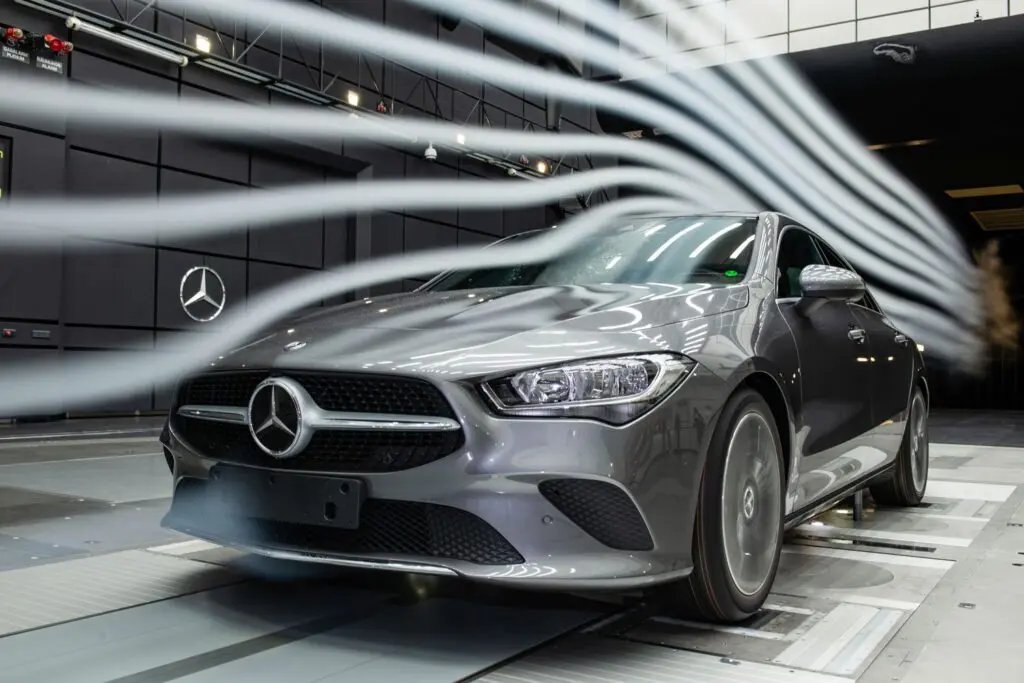
When designing cars with improved aerodynamics, engineers from leading car manufacturers calculate the following indicators:
- How much air must get into the engine compartment for the engine to receive proper natural cooling;
- In which parts of the body the fresh air will be taken for the car interior, as well as where it will be discharged;
- What can be done to make the air less noise in the car;
- The lifting force must be distributed to each axle in accordance with the characteristics of the vehicle body shape.
All these factors are taken into account when developing new machine models. And if earlier the body elements could change drastically, today scientists have already developed the most ideal forms that provide a reduced coefficient of frontal lift. For this reason, many models of the latest generation may externally differ only by minor changes in the shape of the diffusers or wing compared to the previous generation.
In addition to road stability, aerodynamics can contribute to less contamination of certain body parts. So, in a collision with a frontal gust of wind, vertically located headlights, bumper and windshield will become dirty faster from smashed small insects.
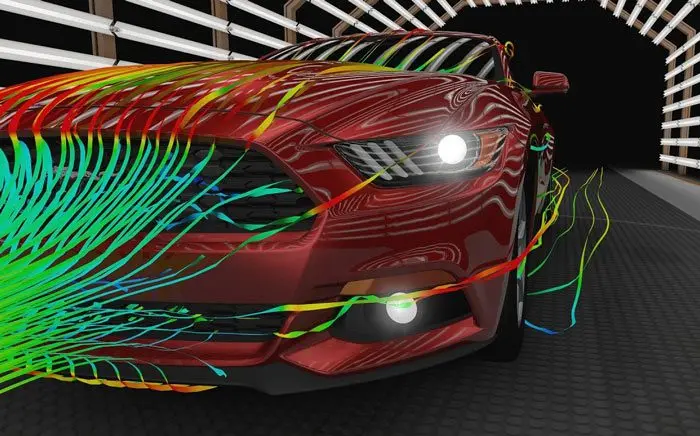
To reduce the negative effect of lift, carmakers aim to reduce clearance to the maximum allowable value. However, the frontal effect is not the only negative force that affects the stability of the machine. Engineers always "balance" between frontal and lateral streamlining. It is impossible to achieve the ideal parameter in each zone, therefore, when manufacturing a new type of body, specialists always make a certain compromise.
Basic aerodynamic facts
Where does this resistance come from? Everything is very simple. Around our planet there is an atmosphere consisting of gaseous compounds. On average, the density of solid layers of the atmosphere (space from the ground to bird's-eye view) is about 1,2 kg / square meter. When an object is in motion, it collides with gas molecules that make up the air. The higher the speed, the more force these elements will hit the object. For this reason, entering the earth's atmosphere, the spacecraft begins to heat up strongly from friction.
The very first task that the developers of the new model design are trying to cope with is how to reduce drag. This parameter increases by 4 times if the vehicle accelerates within the range from 60 km / h to 120 km / h. To understand how significant this is, consider a small example.
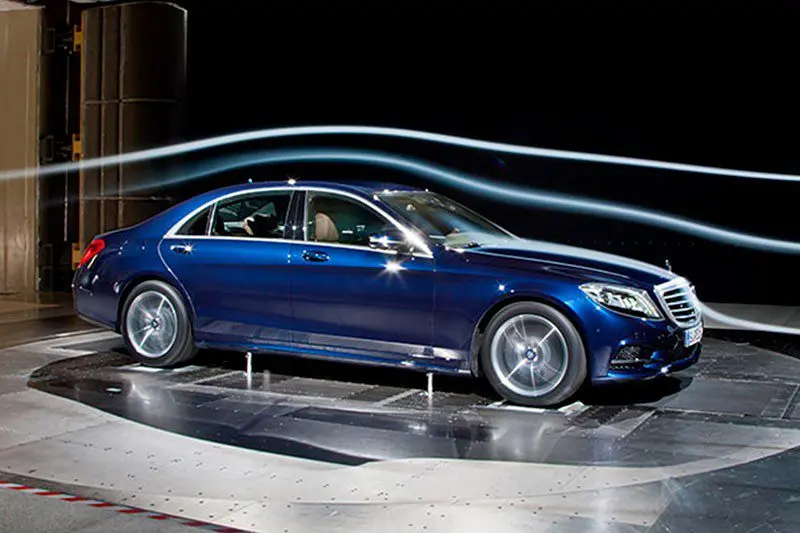
The weight of the transport is 2 thousand kg. Transport accelerates to 36 km / h. At the same time, only 600 watts of power are spent to overcome this force. Everything else is spent on overclocking. But already at a speed of 108 km / h. 16 kW of power is already being used to overcome frontal resistance. When driving at a speed of 250 km / h. the car already spends as much as 180 horsepower on drag force. If the driver wants to accelerate the car even more, up to 300 kilometers / hour, in addition to the power to increase the speed, the motor will need to consume 310 horses to cope with the frontal air flow. That's why a sports car needs such a powerful powertrain.
To develop the most streamlined, but at the same time quite comfortable transport, engineers calculate the coefficient Cx. This parameter in the description of the model is the most important with regard to the ideal body shape. A drop of water has an ideal size in this area. She has this coefficient of 0,04. No automaker would agree to such an original design for its new car model, although there have been options in this design before.
There are two ways to reduce wind resistance:
- Change the shape of the body so that the air flow flows around the car as much as possible;
- Make the car narrow.
When the machine is moving, a vertical force acts on it. It can have a down-pressure effect, which has a positive effect on traction. If you do not increase the pressure on the car, the resulting vortex will ensure the separation of the vehicle from the ground (each manufacturer tries to eliminate this effect as much as possible).
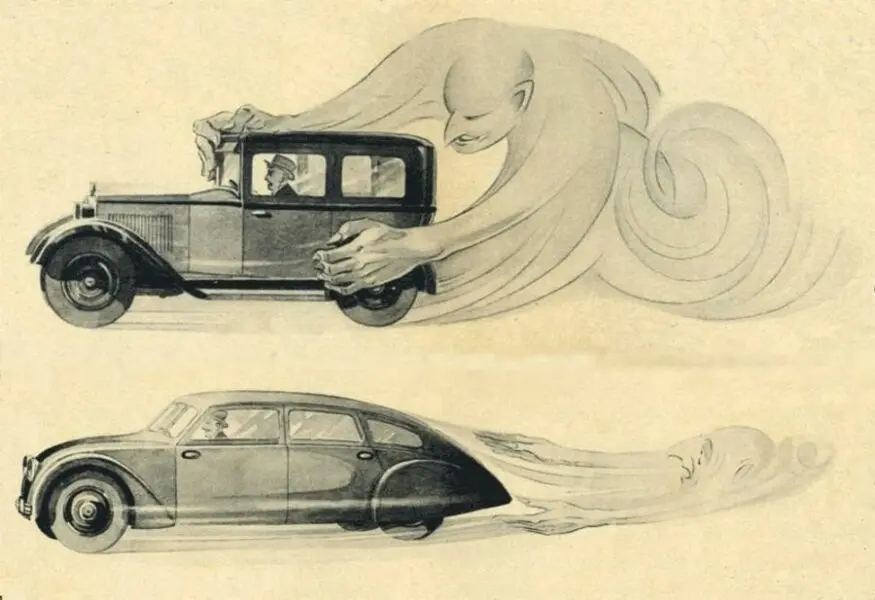
On the other hand, while the car is moving, a third force acts on it - the lateral force. This area is even less controllable, as it is affected by many variable values, such as a crosswind when driving straight ahead or cornering. The strength of this factor cannot be predicted, so engineers do not risk it and create cases with a width that allows a certain compromise in the Cx ratio to be made.
To determine the extent to which the parameters of vertical, frontal and lateral forces can be taken into account, leading vehicle manufacturers are creating specialized laboratories that conduct aerodynamic tests. Depending on the material possibilities, this laboratory can include a wind tunnel, in which the efficiency of the streamlining of transport is checked under a large air flow.
Ideally, manufacturers of new car models seek to either bring their products to a coefficient of 0,18 (today this is the ideal), or exceed it. But no one has yet succeeded in the second, because it is impossible to eliminate other forces acting on the machine.
Clamping and lifting force
Here is one more nuance that affects transport manageability. In some cases, drag cannot be minimized. An example of this is the F1 cars. Although their body is perfectly streamlined, the wheels are open. This zone poses the most problems for producers. For such transport, Cx is in the range from 1,0 to 0,75.
If the rear vortex cannot be eliminated in this case, then the flow can be used to increase traction with the track. To do this, additional parts are installed on the body that create downforce. For example, the front bumper is equipped with a spoiler that prevents it from lifting off the ground, which is extremely important for a sports car. A similar wing is attached to the rear of the car.
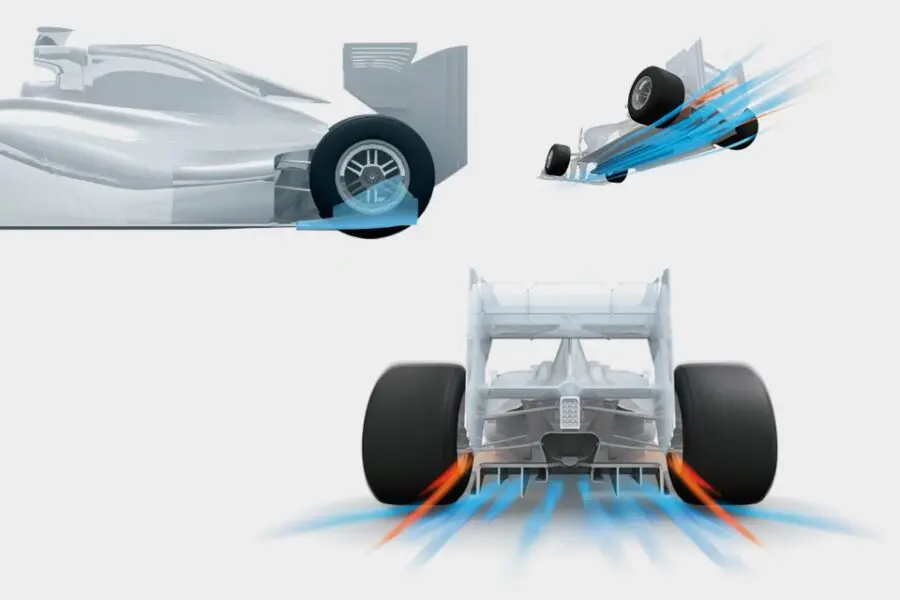
The front wing does not direct the flow under the car, but on the upper part of the body. Because of this, the nose of the vehicle is always directed towards the road. A vacuum forms from below, and the car seems to stick to the track. The rear spoiler prevents the formation of a vortex behind the car - the part breaks the flow before it begins to be sucked into the vacuum zone behind the vehicle.
Small elements also affect the reduction of drag. For example, the edge of the hood of almost all modern cars covers the wiper blades. Since the front of the car most of all encounters the oncoming flow, attention is paid even to such small elements as air intake deflectors.

When installing sports body kits, you need to take into account that additional downforce makes the car more confident on the road, but at the same time the directional flow increases drag. Because of this, the peak speed of such transport will be lower than without aerodynamic elements. Another negative effect is that the car becomes more voracious. True, the effect of the sports body kit will be felt at speeds of 120 kilometers per hour, so in most situations on public roads such details.
Models with poor aerodynamic drag:







Models with good aerodynamic drag:
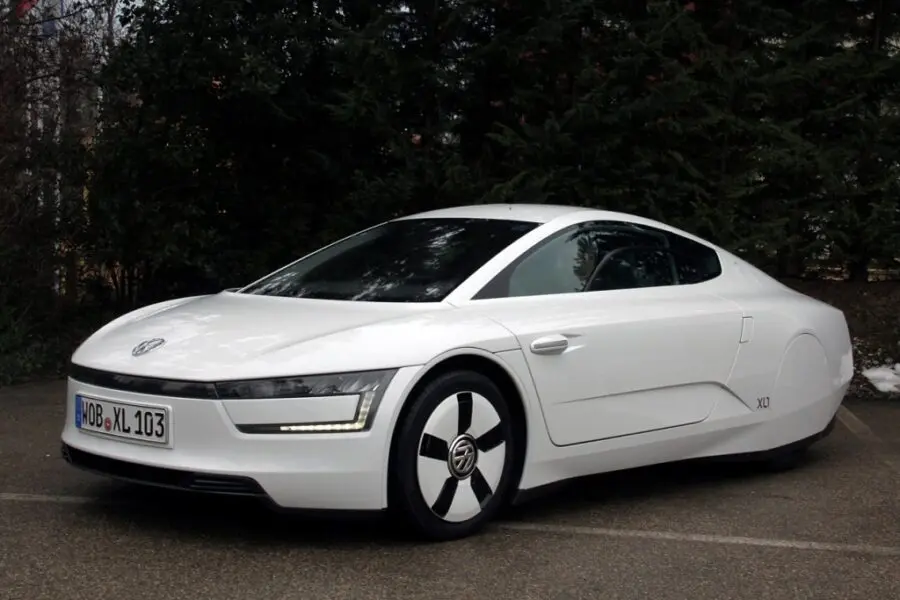
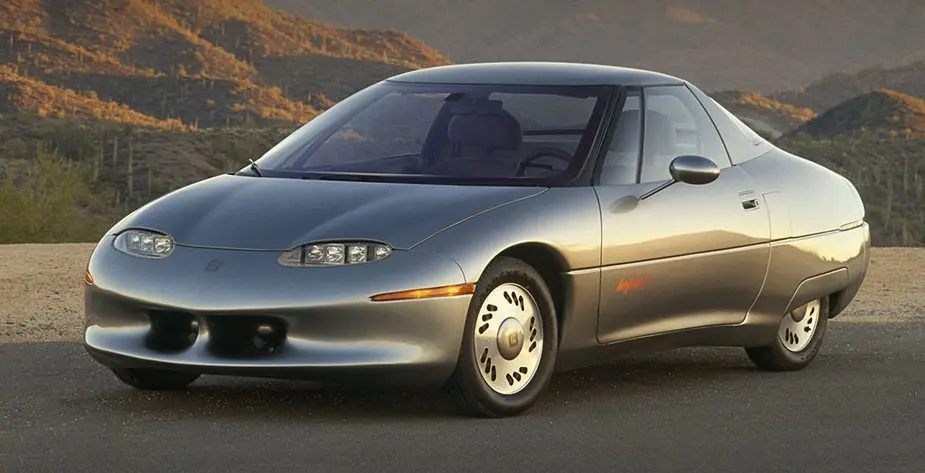
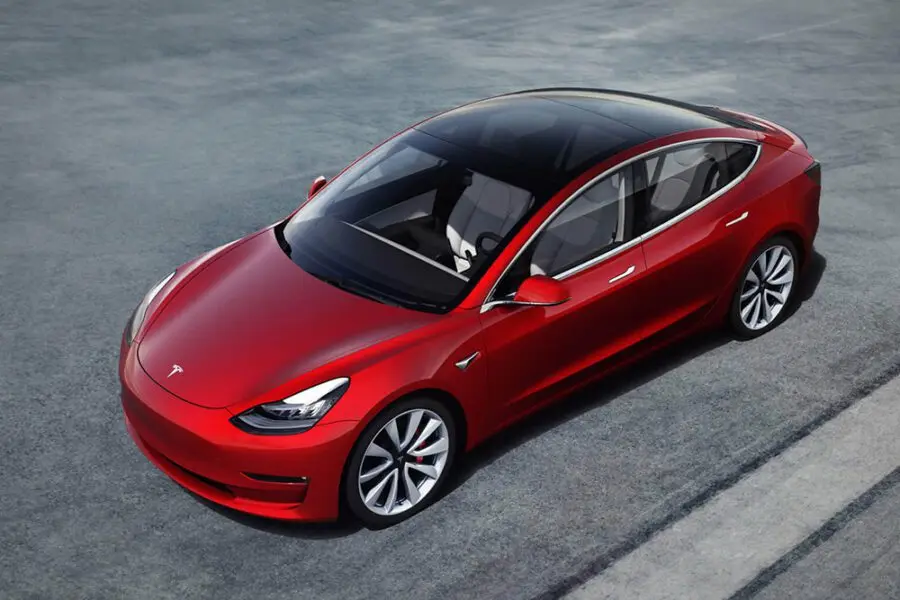
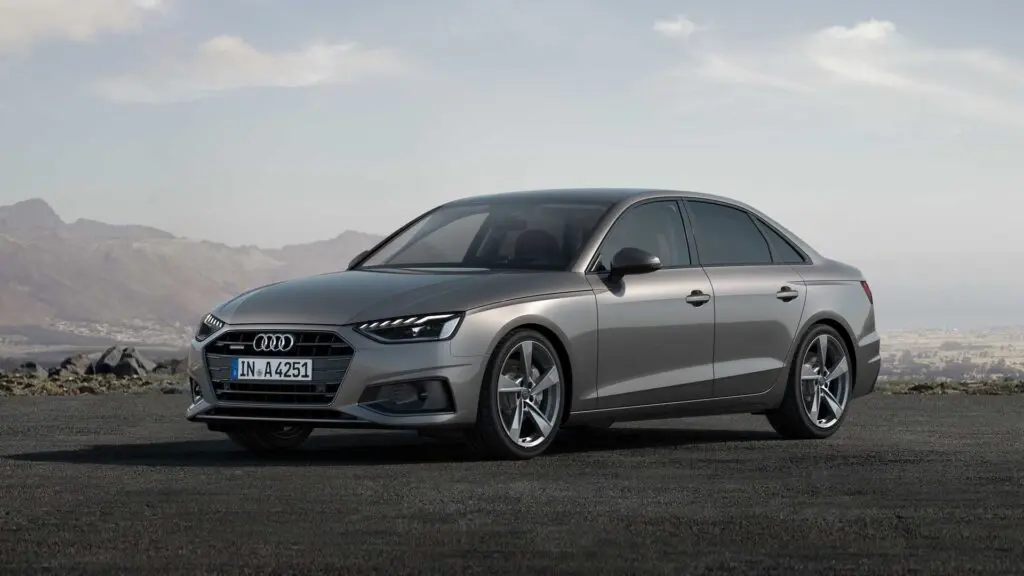




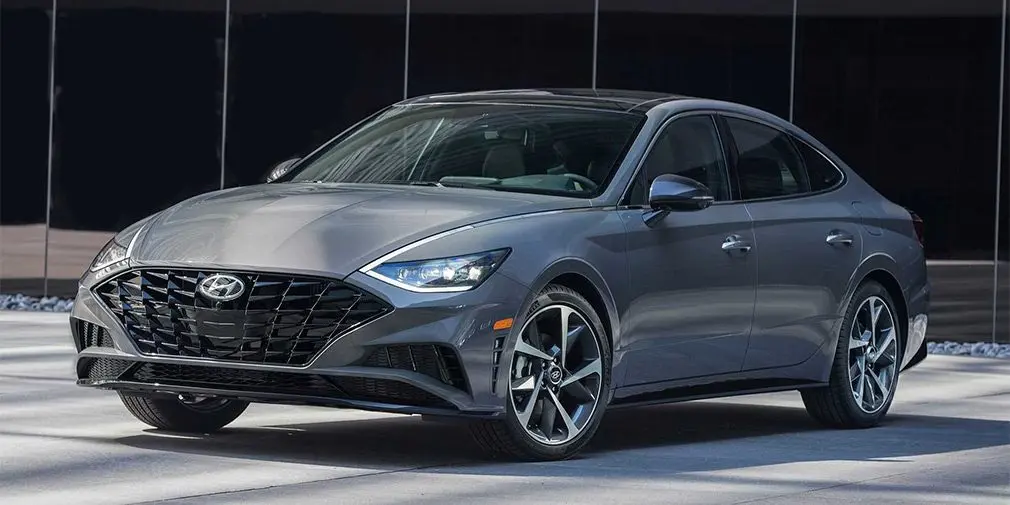
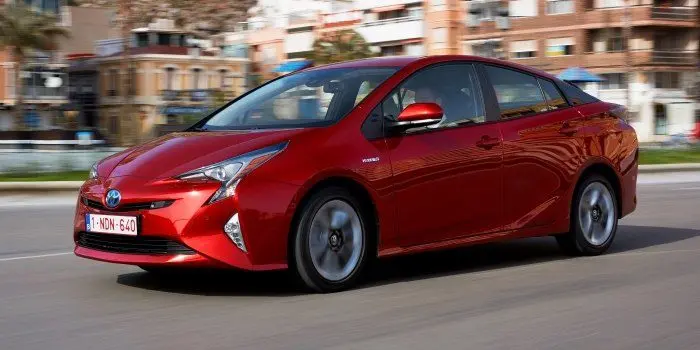

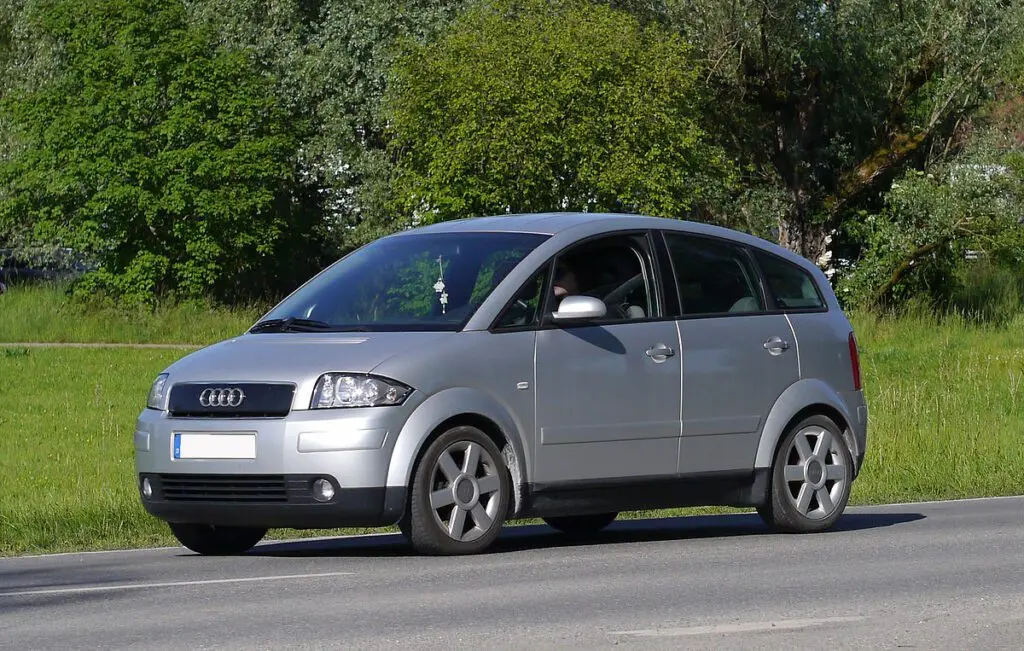

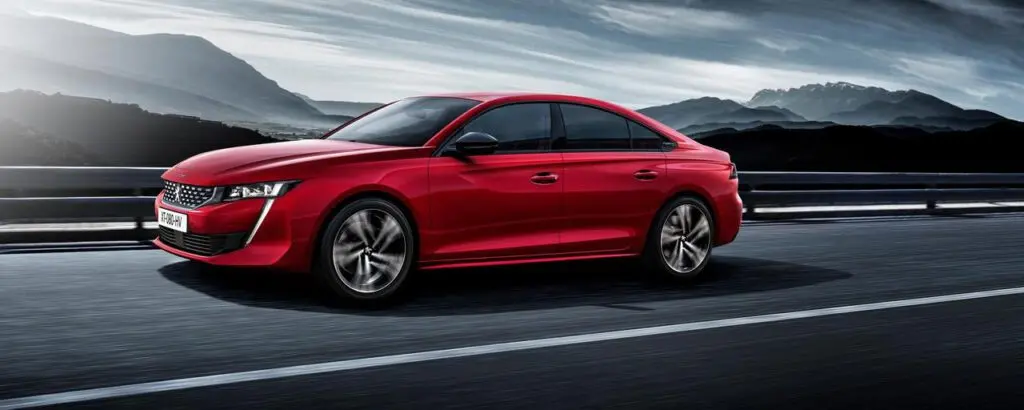
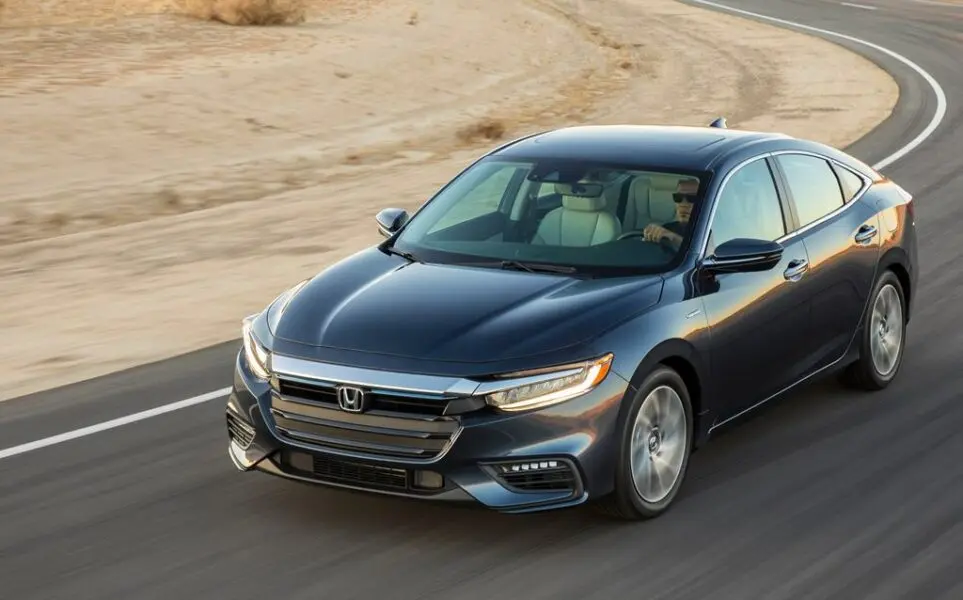
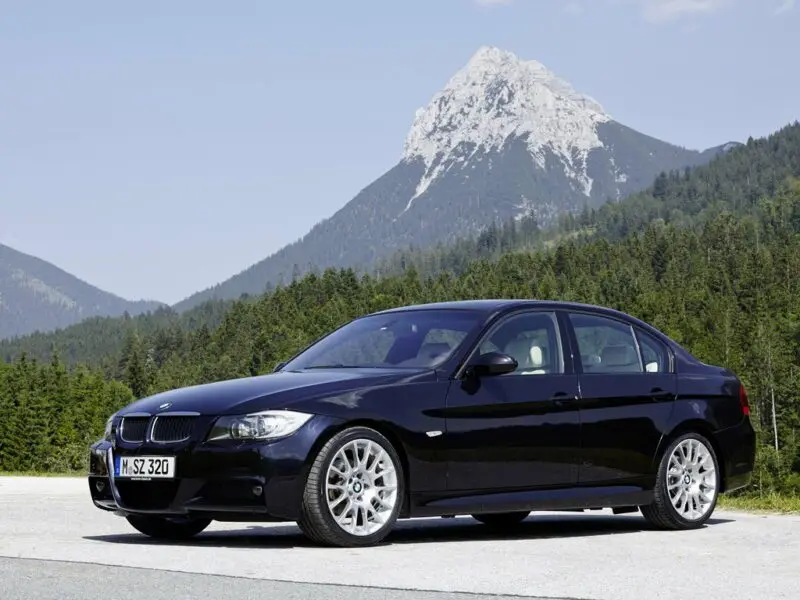
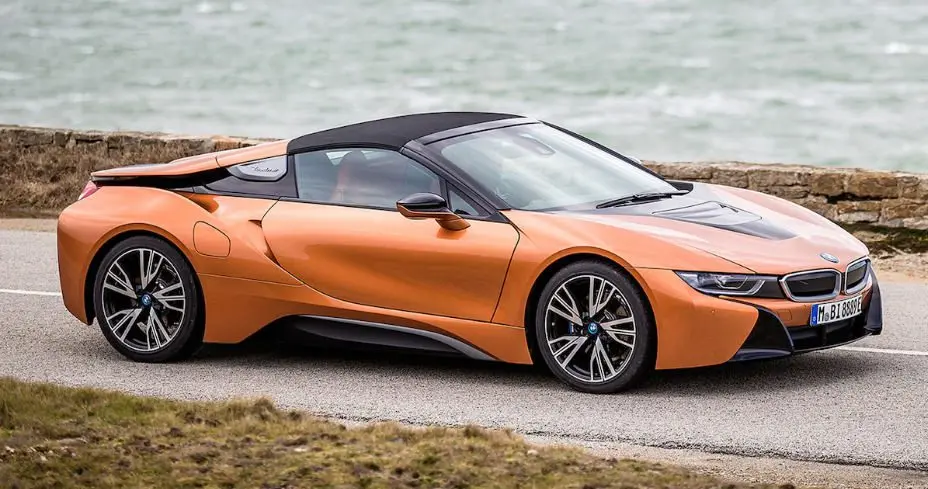
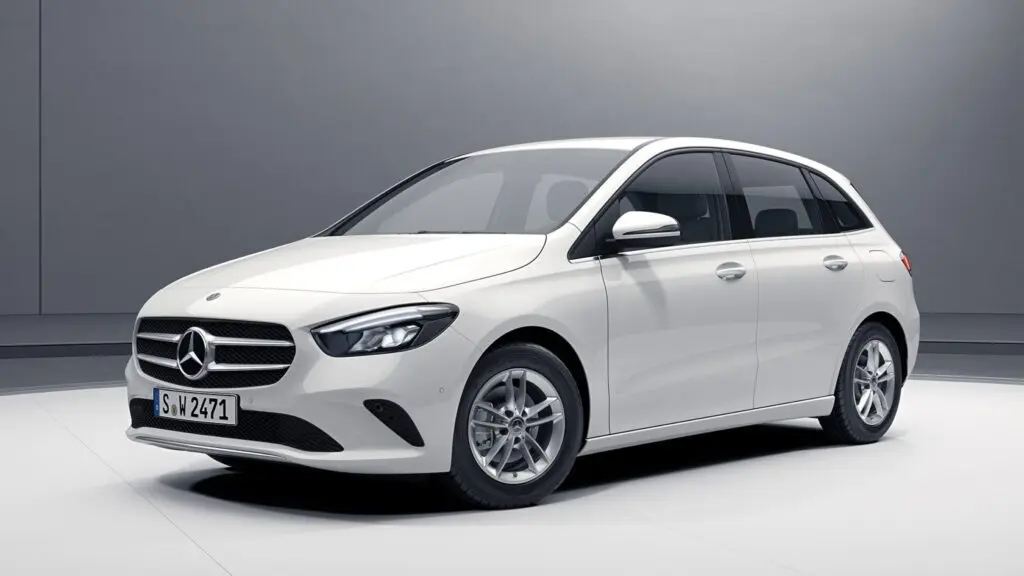
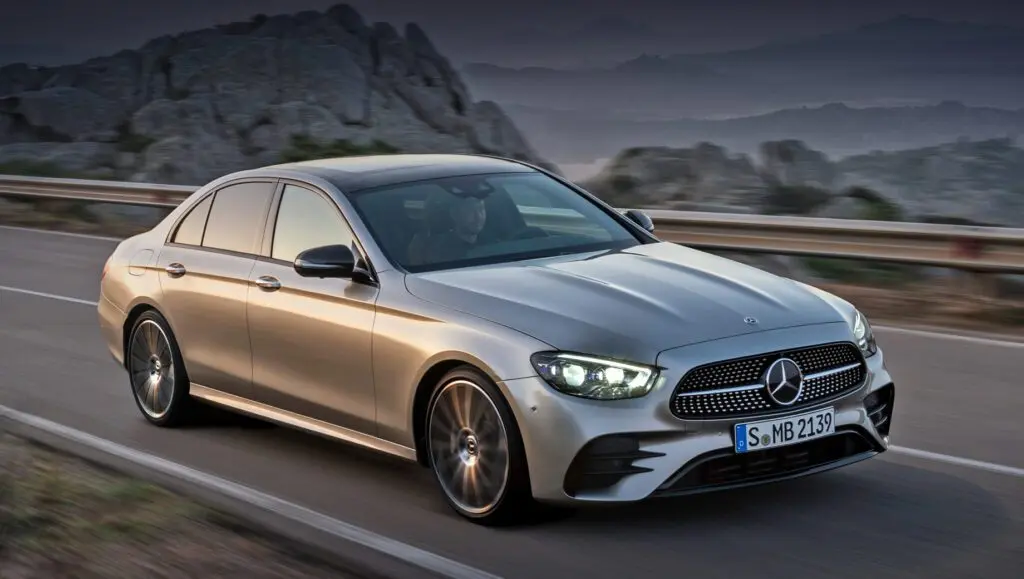
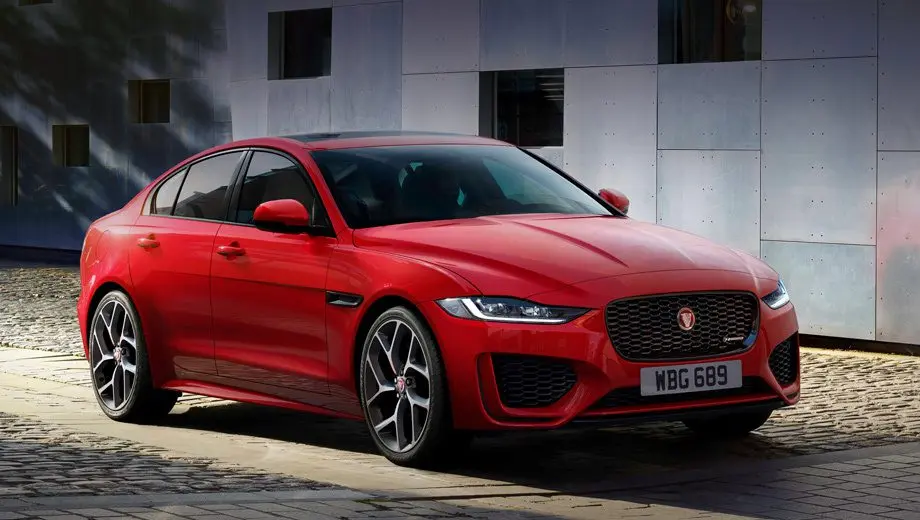

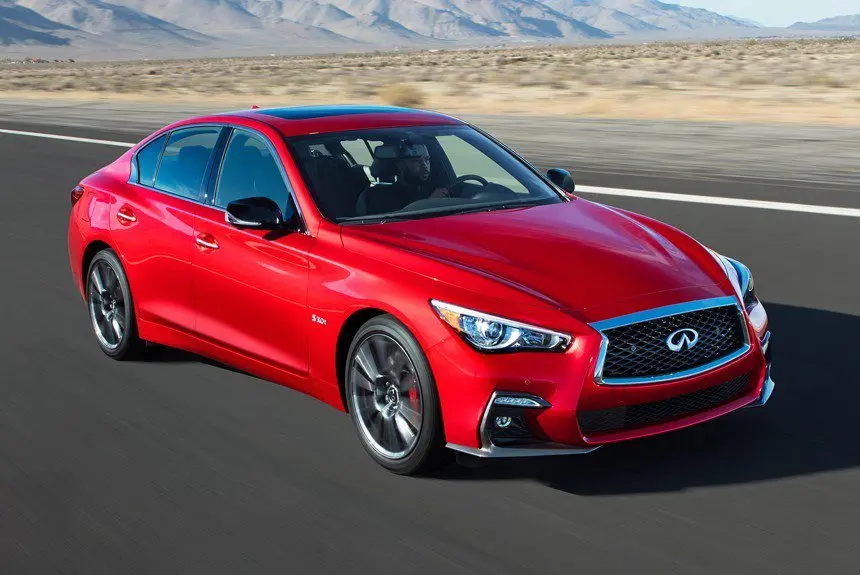
Additionally, watch a short video about car aerodynamics:


2 comment
Bogdan
Hello. An ignorant question.
If a car went at 100km / h at 2000 rpm, and the same car went at 200km / h at 2000 rpm, would the consumption be different? What if it's different? High value?
Or what is the consumption of the car? At engine speed or speed?
Thank you
Tore
Doubling the speed of a car doubles the rolling resistance and quadruples the air resistance, so more energy is needed. That means you need to burn more fuel, even if rpm is constant, so you press the accelerator and the manifold pressure increases and a larger mass of air enters each cylinder. That means your engine injects more fuel, so yes, even if your RPM remains the same, you’ll use around 4.25 times more fuel per km.